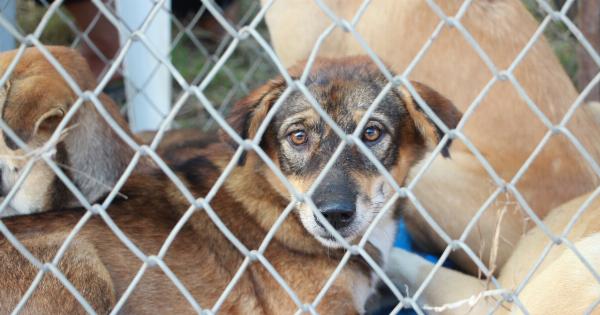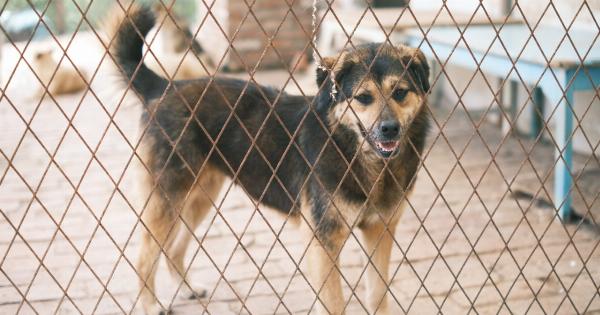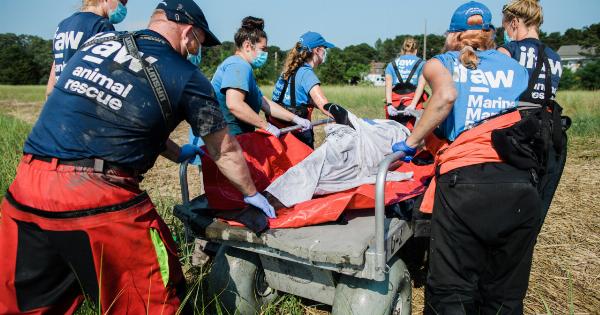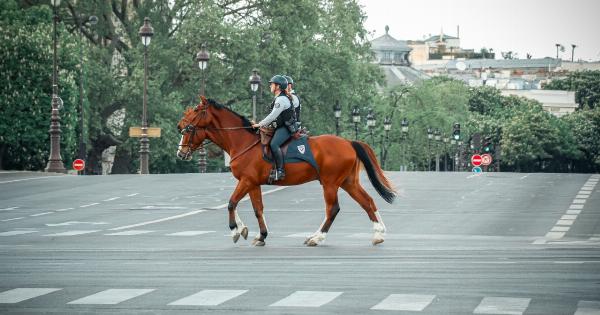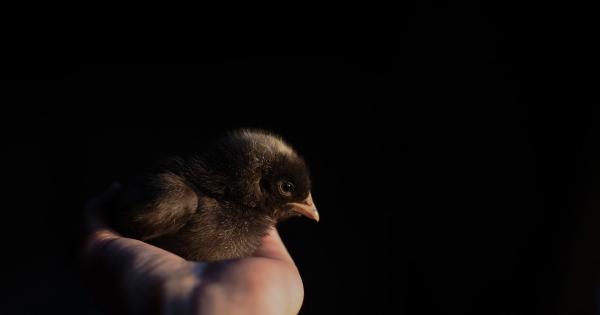If you come across an injured dog or cat, it is natural to feel concerned and want to help. Taking the right steps in this situation can make a significant difference in the animal’s well-being. Here are some important steps to follow:.
1. Assess the Situation
The first step is to carefully assess the situation to ensure your safety and the safety of the injured animal. If the animal appears aggressive or frightened, it is essential to maintain a safe distance.
Try to gauge the severity of the injuries from a distance before approaching.
2. Stay Calm and Approach Slowly
Approaching an injured animal with a calm and soothing demeanor is crucial. Speak softly and confidently to the animal to help reduce their fear and anxiety. Slowly approach, avoiding sudden movements that might startle them further.
3. Take Precautions
Before directly handling the animal, protect yourself by wearing gloves or using a towel or blanket as a barrier. Even normally friendly animals might behave aggressively when injured or in pain.
4. Secure the Animal
If the animal is willing and able to move, lead them to a safe and secured area away from traffic or other potential dangers. If unable to walk, use a pet carrier, a large box, or a makeshift stretcher to transport them safely.
5. Observe and Monitor
Once the animal is secured, take some time to observe and monitor their condition. Look for any obvious signs of trauma or injuries. Check their breathing and heart rate, as well as their overall responsiveness.
Be cautious and avoid touching any sensitive areas that might cause further harm.
6. Contact Local Authorities or Animal Shelters
Contact your local animal control authorities or animal shelters to report the situation. They can provide guidance and may dispatch an officer to the scene to assist.
They can also help identify the animal if it has a microchip or assist in locating the owner.
7. Provide Temporary Aid
If you have some basic first aid knowledge and supplies, you can provide temporary aid to the injured animal.
However, it is important to note that moving the animal or attempting any medical procedures should only be done if you are confident in your abilities and it is safe to do so.
8. Look for Identification
Check if the injured animal has any form of identification, such as a collar or tags with contact information. This can help in reuniting them with their owner more quickly.
If there is no identification, local authorities or shelters can often scan for microchips to find the owner.
9. Reach Out to Veterinary Professionals
Informing a local veterinarian about the situation can be helpful, as they might provide additional advice or assistance.
They can also help determine if immediate medical attention is necessary or provide guidance on how to safely transport the animal to their clinic.
10. Post on Social Media or Local Community Groups
Sharing information about the injured animal on social media platforms or local community groups can be effective in locating the owner or finding a temporary foster home until the owner is found.
Include a description, location, and contact details in your posts.
Conclusion
Encountering an injured dog or cat requires immediate attention and care. By assessing the situation, staying calm, and following the recommended steps, you can help ensure the safety and well-being of the animal.
Remember to prioritize your own safety and reach out to the appropriate authorities for assistance. Every effort counts when it comes to alleviating the suffering of injured animals.


